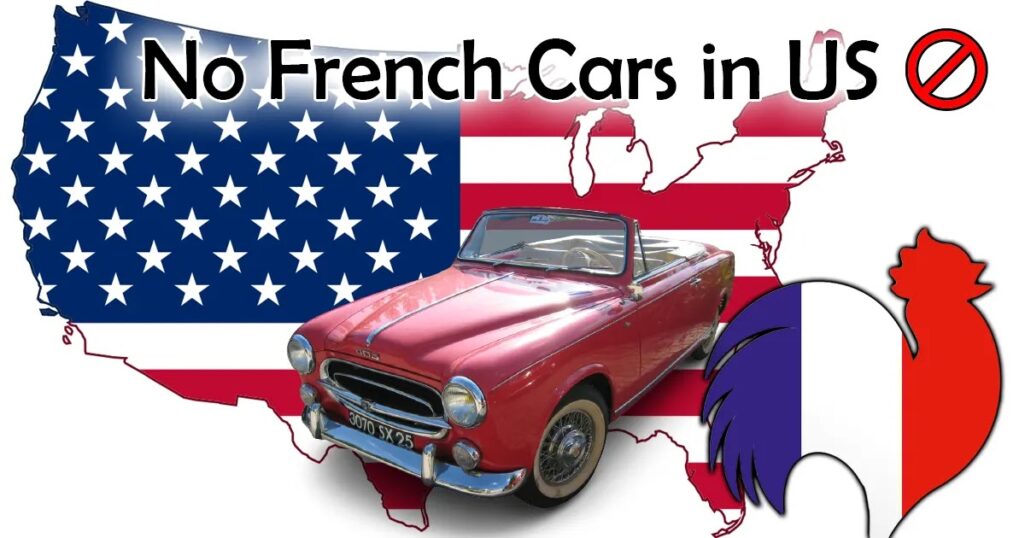
The US automotive market is the second-largest in the world after the Chinese market, with over 14 million units sold in 2020. These numbers are appealing to any automotive manufacturer to participate in this festival and to take a piece of this cake.
The US market is diverse, having all kinds of cars and trucks from multiple regions around the world. The American cars have the greatest portion, but Japanese, Italian, German, and Korean cars are all part of this big market that is sufficient for all.
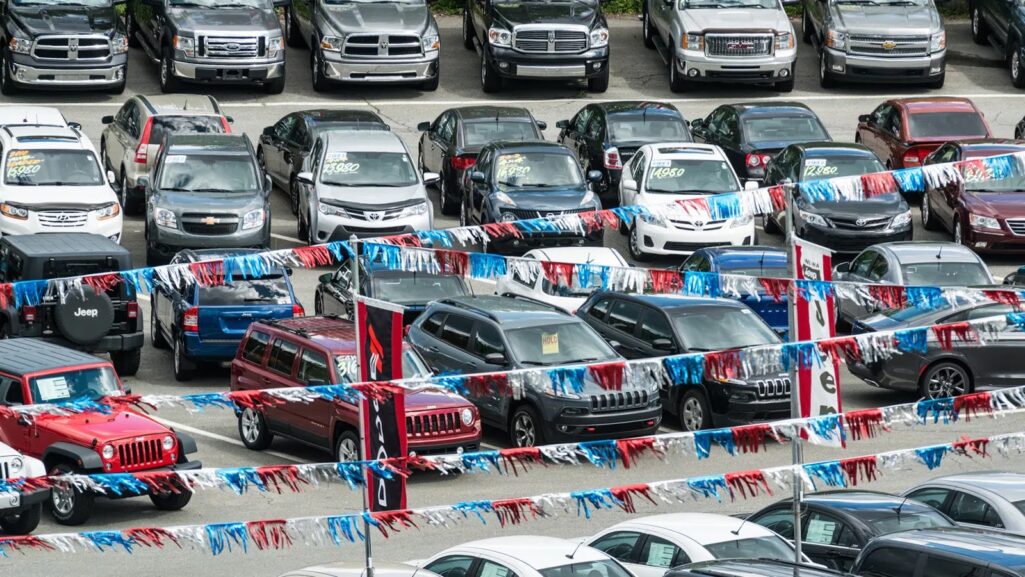
But where are the French cars? We are not talking here about premium, low-volume production cars like Bugatti. We are focusing on the three mainstream French carmakers: Citroen, Renault, and Peugeot.

Americans remember that once upon a time, there were French cars here. But where have they gone? And why did they stopped being part of this market? Let’s find out.
Citroen
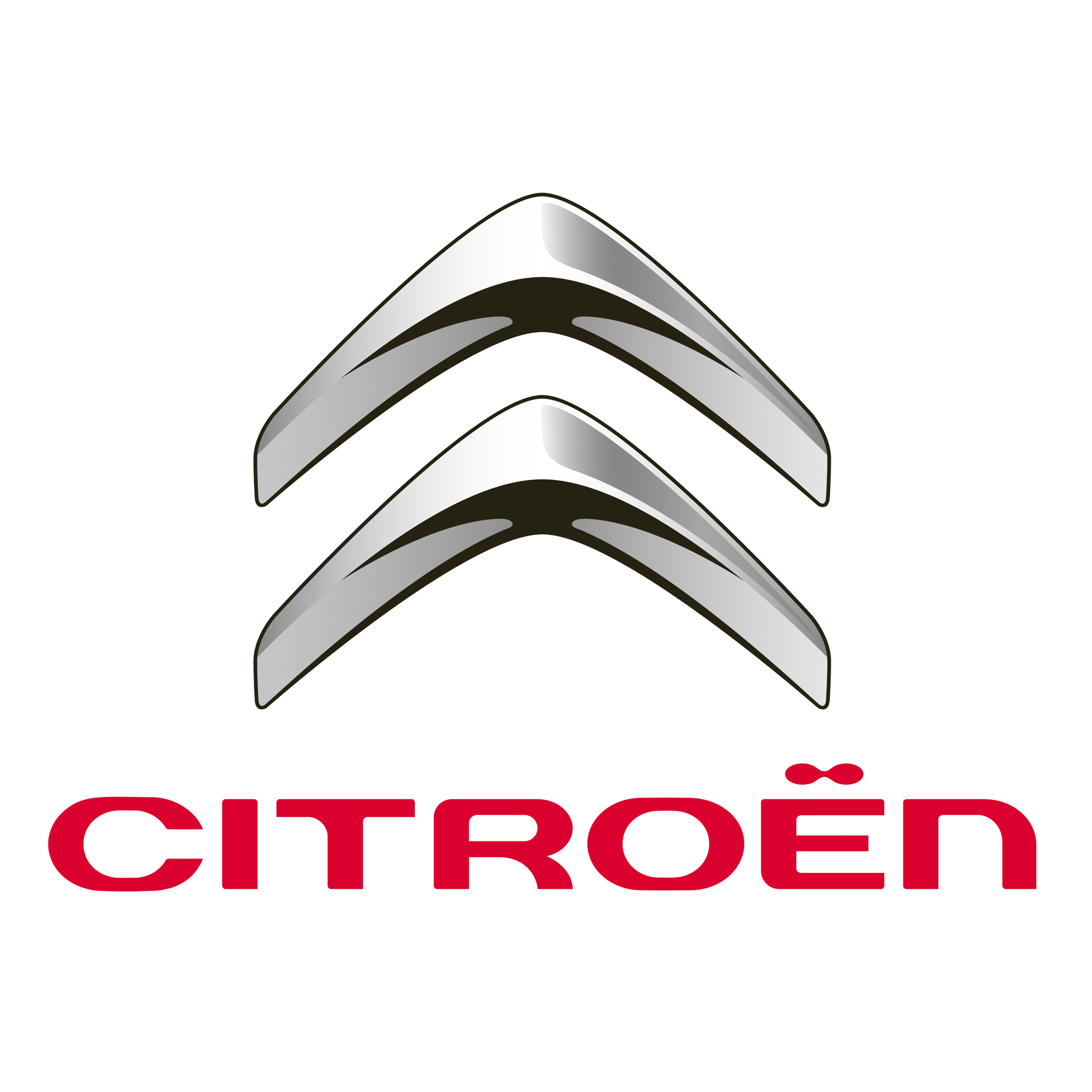
Citroen was one of the first French carmakers to make it to the US. The Challenger Motor Car Company started importing the Citroen Traction Avant in 1938 and selling it for $895 at that time. It was a successful car, and this encouraged Citroen to go all in the US market.

Source: Classic Driver
After world war 2, Citroen decided to open in the United States. It established the Citroen Cars Corporation in Los Angeles and New York. Repair and part replacement departments, along with a network of dealerships was ready by 1956. This all seems like the beginning of a happy ending story, but this wasn’t the case.
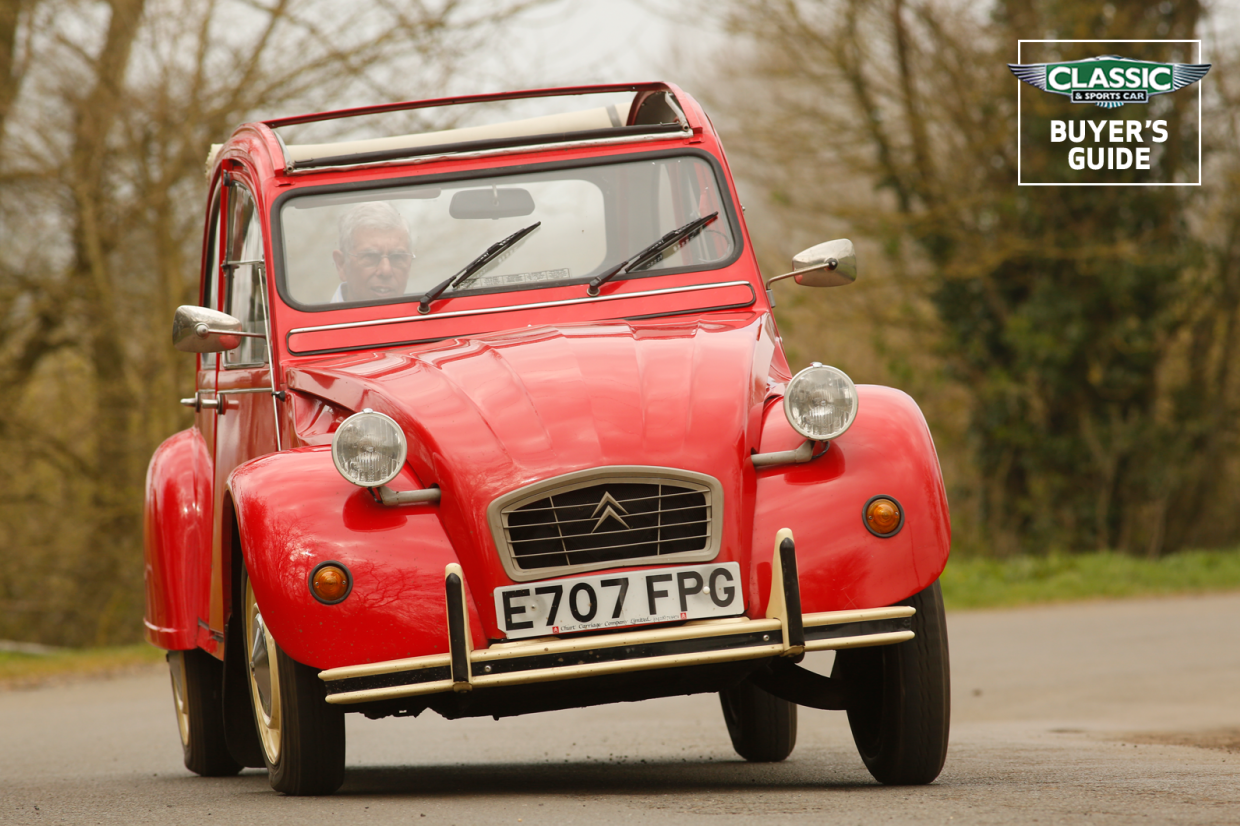
Source: Classic & Sports Car
Citroen was offering multiple cars for the Americans, including the 2CV, DS, and the SM, but they were not successful. This was shocking for the company as the expected results were completely different. After losing money for more than two decades, Citroen decided that in 1977, it was time to end this failure.
Renault

Renault, the pride of France in car manufacturing, also didn’t have a successful story with Americans. Renault started its journey in the US market in the latter half of the 1940s with the Renault 4CV that was similar to the famous Volkswagen Beetle in design and the rear engine, but it was cheaper and more fuel-efficient.

Source: superclassics
In 1959, Renault started selling the Dauphine, which was the first turning point in the company’s history. Renault was the most successful French carmaker in North America during this time. Everything was going well for Renault until the Le Car was launched in 1976. This was the second turning point in the company’s history, but this time downward.
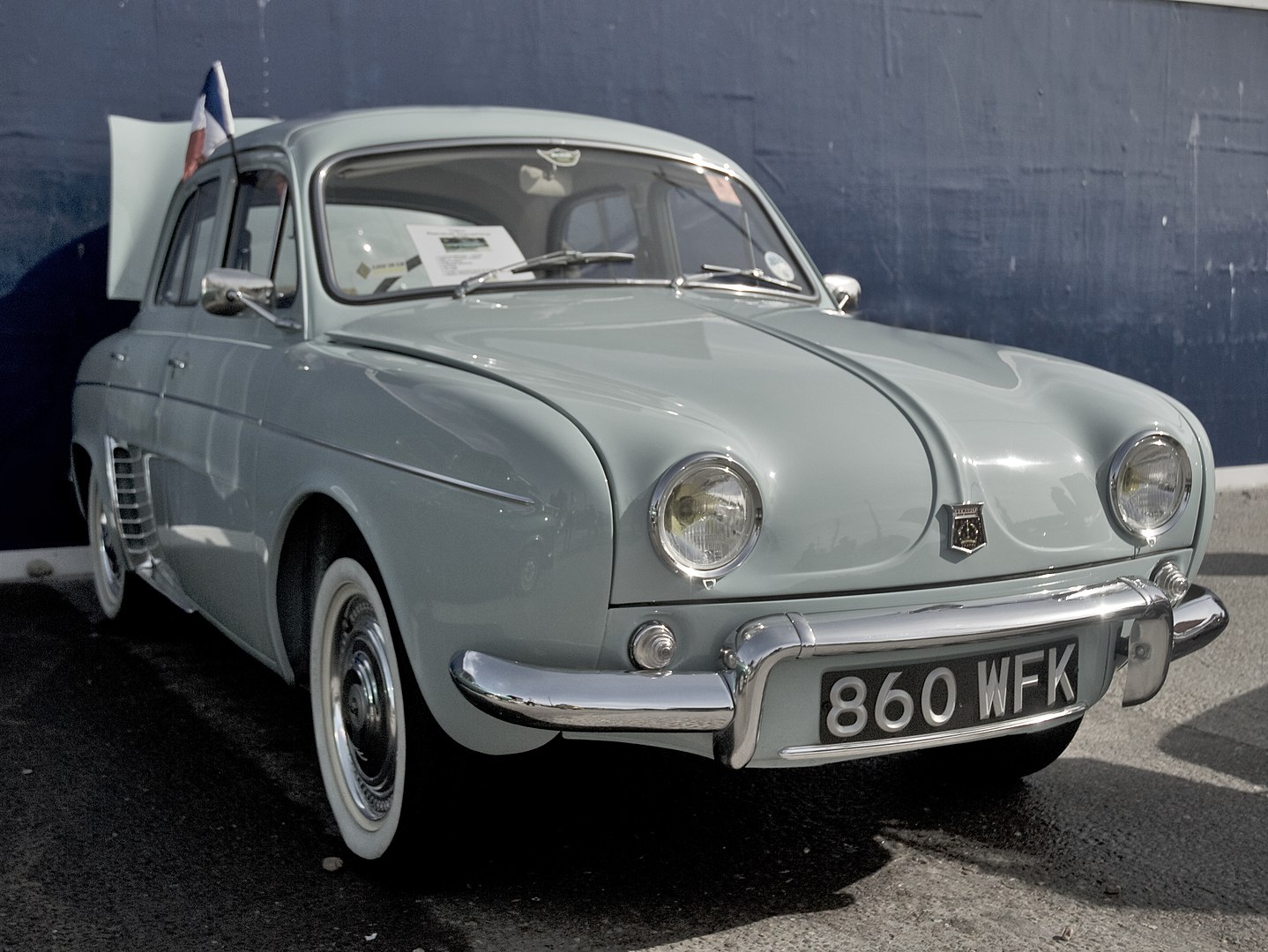
Source: By Berit from Redhill/Surrey, UK / wiki commons
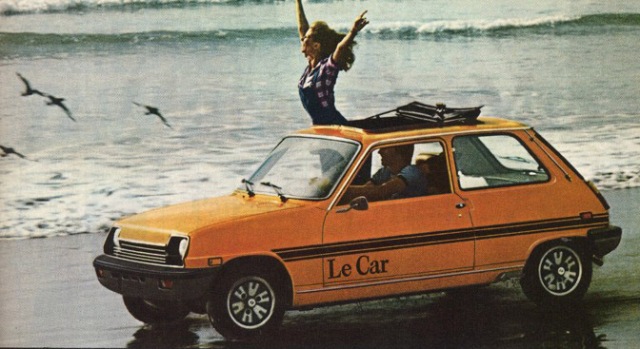
Source: autopolis
Renault was seeking a solution to its problems, and in 1979 they decided that the problem was the small dealership network, and by cooperating which an American firm, this would solve the problem. Renault decided to partner with American Motors Corporation (AMC) after the latter went bankrupt, loaning it $135 million. This gave the company more space at AMC dealerships to present their cars in.
More than 1300 AMC dealers were supposed to be selling Renault’s cars, providing the company with its desired success. But the AMC salesmen were actually more interested in selling their own cars, including Jeeps and Eagles. Things even got worse when the company had a problem with the Pentagon due to the fact that AMC’s subsidiary, AM General, a key defense contractor for the US army, is now controlled by a partially French government. They sold the division, adding more losses to the account.
Renault then tried to produce multiple sedans to fulfill the US market requirements but with no success. Renault decided in 1987 to sell all its assets, including half of AMC, to Chrysler and never came back to the US market.
Peugeot

Peugeot was the last to join the party. The first-ever presence for Peugeot in the US market was in 1958. It decided to start its trip in the US using the famous Peugeot 403 sedan, which was once described by Road & Track (a famous American automotive enthusiast magazine) as one of the seven best cars made in the world.
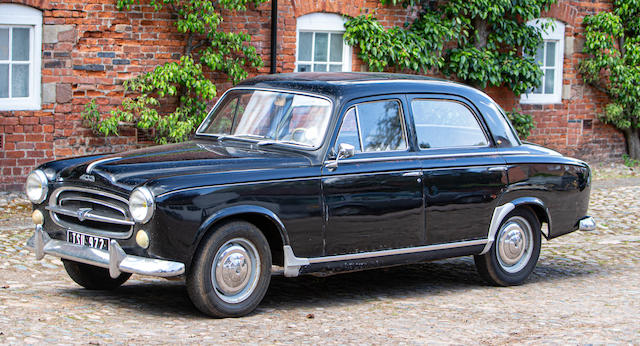
Source: bonhams
This was an encouraging kickstart and a joyful welcome from the American audience. The car was also presented in Columbo, the police detective, a famous American television series at that time. The actor Peter Falk (Columbo) drove the 1959 Peugeot 403 convertible that sold great numbers in the US.
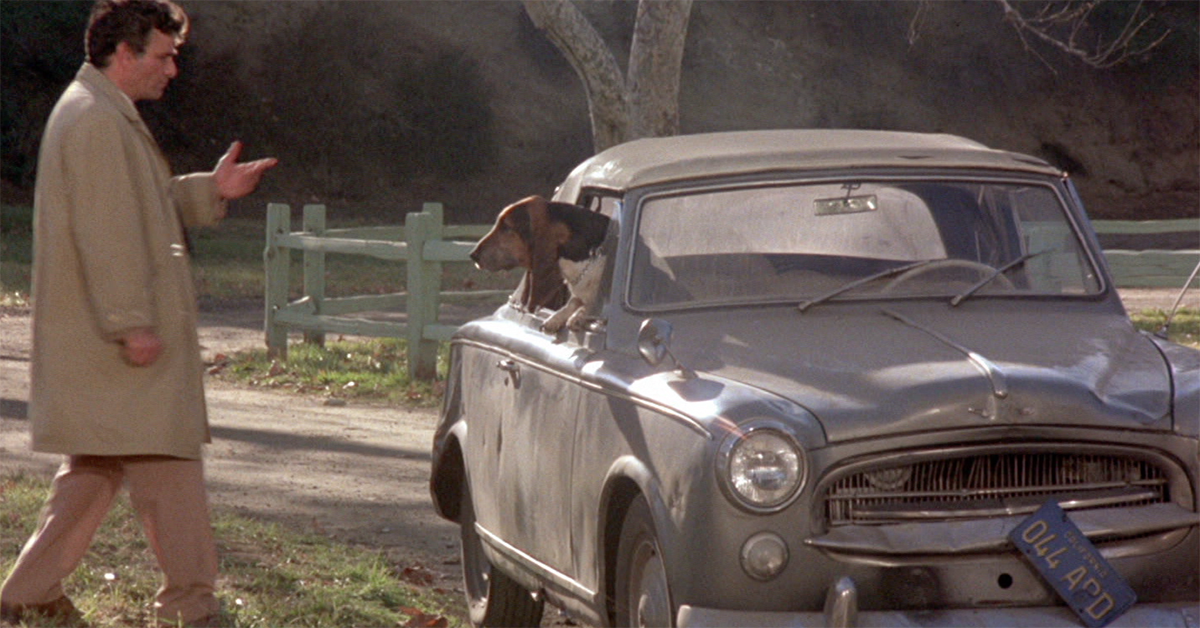
Source: MeTV
Peugeot then produced the 504, 505, and 304, but they didn’t perform well. The 1973 oil crisis was a turning point for Peugeot’s presence in the US. The demand highly increased for the more fuel-efficient Japanese cars, and the Peugeot started struggling more and more.

Source: Drive2
In 1986, Peugeot sold about 14,000 units in North America. After just four years, those numbers were a beautiful dream, as the manufacturer sold just 4,000 units in 1990. At this point, Peugeot figured out that they had to leave no doubt, and 1991 was the last year for Peugeot in North America.
3 Reasons Why French cars Disappeared from the US
After reading the sad story for the three giants of the French car industry, a question will arise in your mind. Why have these carmakers failed to stay in the US market?
Even though the US market is appealing to all manufacturers, it is not easy to stay in it. Let’s find out why French automakers Disappeared from the US:
Designed for French, not Americans:
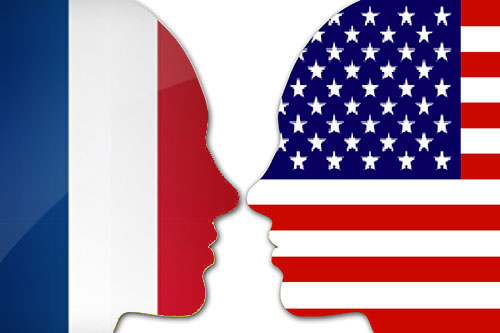
Who knows a nation better than the nation itself? And the French automakers didn’t know the Americans well. French automakers were designing their cars for the French people, or in other words, they designed the cars with the European mindset.
They were primarily focusing on fuel economy, and this is because fuel prices were higher in Europe than in the US at that time. Americans were more into power, acceleration, and speed. They didn’t understand the market requirements, so they failed.
Dealer Networks:
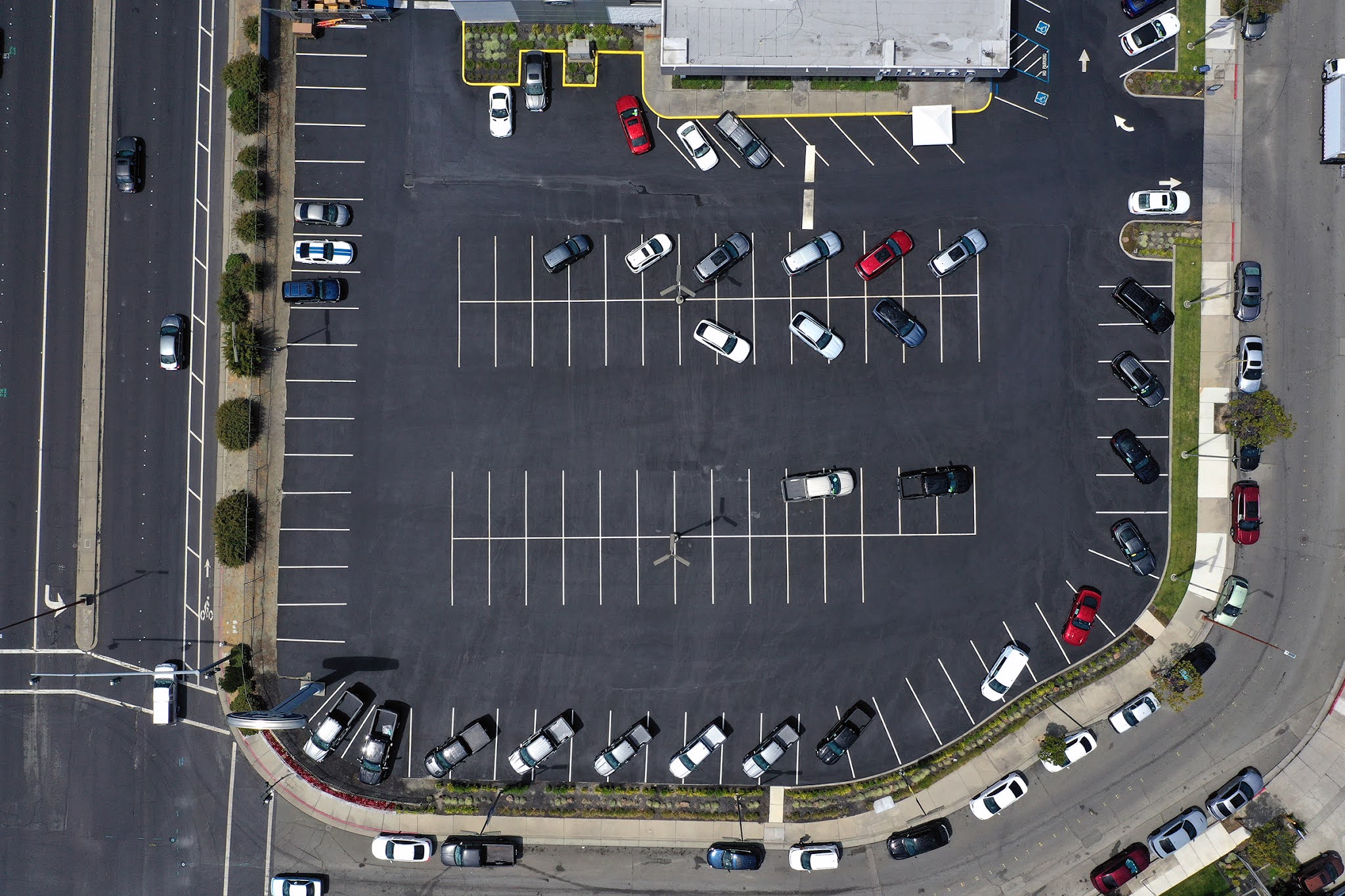
If you would buy a car at that time, you will most probably see it in a magazine or a poster, and then pass by the nearest dealer to know more about the car and see it in real life. This is not an addition for an automaker; this is an essential part of its marketing strategy.
French automotive manufacturers had a small network of dealers. Other foreign automakers were alert of this problem. Fiat, for example, solved this problem by buying Chrysler, so it would have a huge network of dealerships and showrooms to sell its cars.
Renault tried to walk in the same path, but the choice was wrong. Partnering with AMC was not successful due to many factors that we have stated before.
US laws:

The French automakers were designed mainly for the European market and adhered to its laws. But when it comes to the US laws, many things have to change.
French automakers found themselves redesigning the cars from scratch to fit with the US laws that were by itself constantly changing. Headlights and bumpers, for example, were different in the US, and the manufacturers had to agree to change, or they couldn’t have a place in the market.
It is known that one of the reasons that led Citroen to leave the US market is the extreme changes they have to do to their car that they felt that the US version of Citroen would not look as what it is intended to look.
Conclusion
French automakers were once successful in the US, but they had a hard time adapting to the US market requirements. Americans are willing to buy French cars, and numbers showed that before, but the question is, can French automakers learn from the previous mistakes and rejoin the US market?
Many reports and rumors have been around speaking about this expected return one day, and some have even expected to have it by 2026. We don’t know when this will happen, but when it happens again, they have to make sure not to make the same mistakes again in order to stay in this challenging market.
What do you think of this topic? Have you ever drove a French car in the US or Canada? What was it? And would you love to have French Cars in North America again?

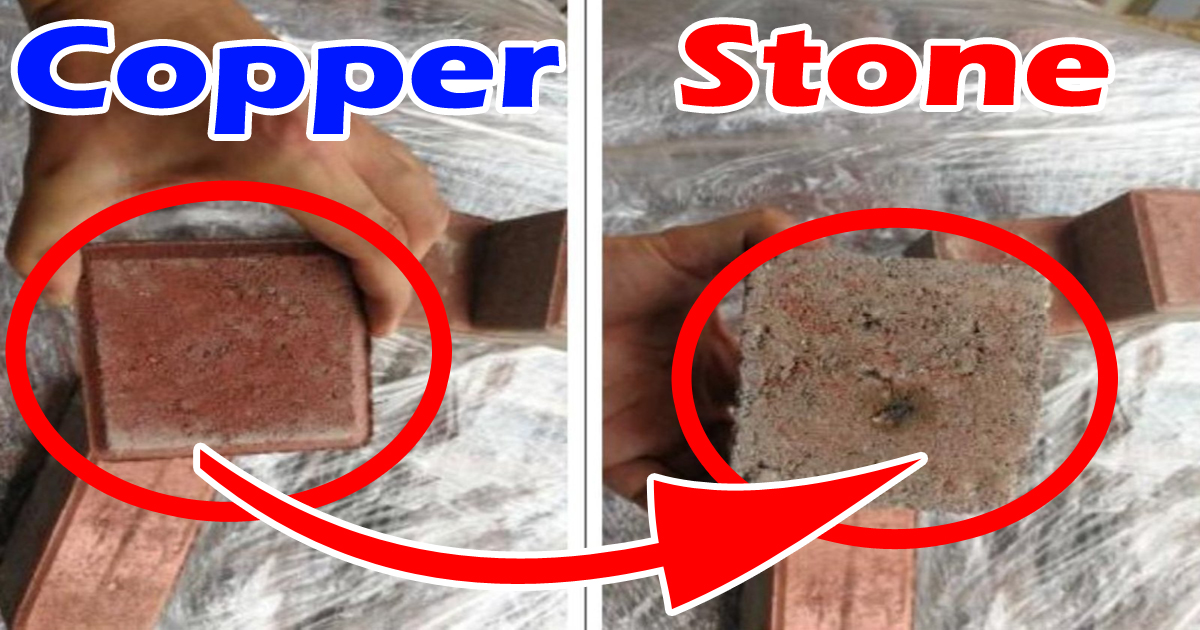



I had a Renault. I would not want another of these rattlers.
Reenaults are booring, but with Citroen there is a other story, they are special and unique
I heard Peugeot might be releasing cars in 2023 in NA, but not sure if it’s true. I would gladly go into dept just to drive one in the US
I did not have a french car i the Us in 42 yaers I drove Oldmobil a very good American car as well Saturn SuV very good car, no one is more in existance why? I drove Mercedes C 220 and Toyota Corola both very good cars from apan and Germany I also had a Jeep Laredo CJ7 a 6 cilinder top of the line, worst car ever and costed a lot for repair.
Today we live in Europ and I bought a Citroen Picasso C4, I have to say the most confortabal and spacy car I ever drove great designe low cosumption and very fast. Technologie much ahead of others.
have a great day
And The SUV from Citroen is not cheap 50000 – 60000 Euro with hydraulic suspension leader interior,
and much more C5
My brother bought a used Citroen 2cv . At one point , he hit the 999,999 KM on his odometer .
Then , the car came back to 000,000 !!! He was shouting on the top of the roof : ” Hey , I’ve got a new car !!!”